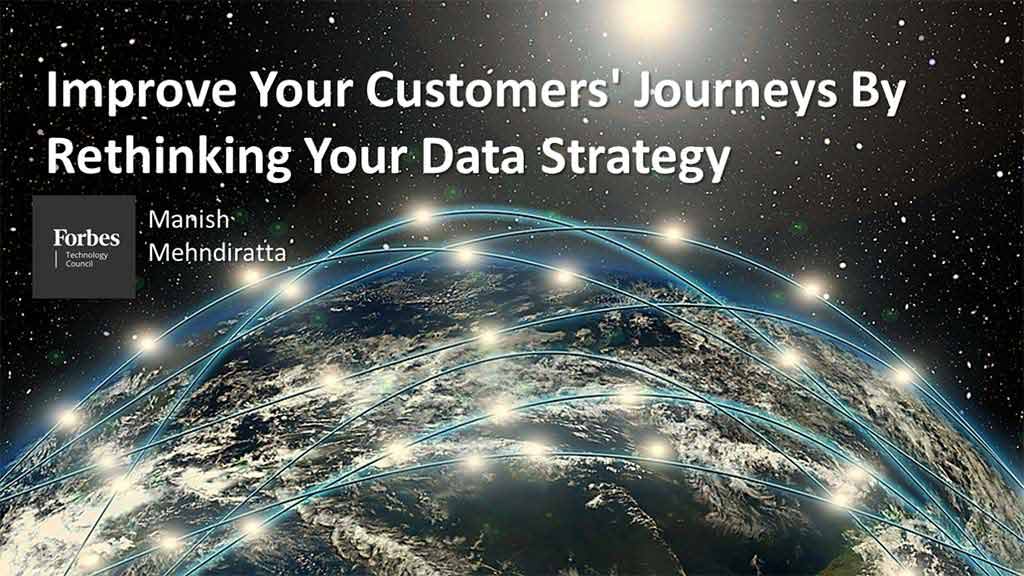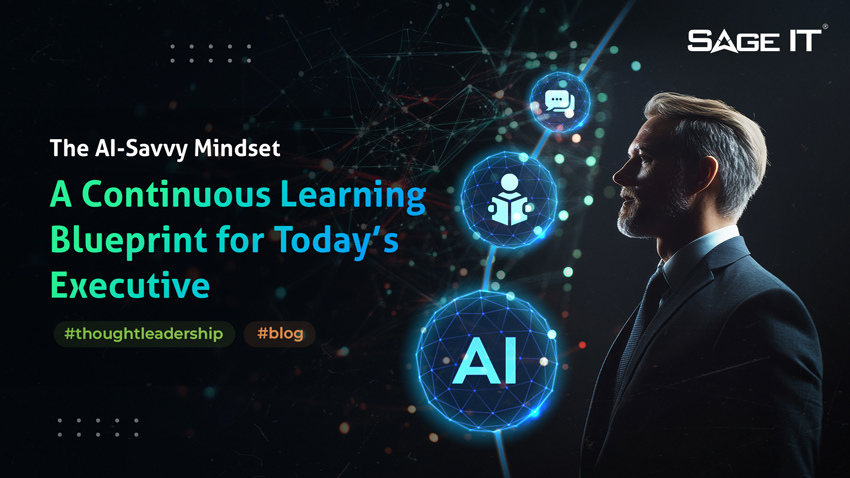Recent research from Harvey Nash and KPMG revealed that “‘customer-centric’ organizations are 38% more likely to report greater profitability than those that are not,” which supports my belief that the customer’s journey continues to climb in importance for every organization. Understanding the barriers that prevent other companies from pursuing this strategy can help you make better decisions for yours.
Despite recent gains in computing capacities, many companies continue to drag in their efforts to optimize data usage to improve customer experience (CX) due to old-time causes: silos, disparate formats and fractured infrastructures that can cloud the relevance of any data, especially that of an entire enterprise.
Silos contain data in separate databanks that companies use for separate purposes. The lack of data coordination across silos means that users can’t always access information that might clarify or enhance the efforts in their department, so customer experience improvements based on real-time information can’t happen as efficiently.
Disparate formats are also a growing concern for me, as more types and configurations of data seem to come online each day. The explosion in the number of hardware and software developments, media channels and devices complicates the challenge exponentially. No wonder businesses often have difficulty gathering, assessing and making use of the tsunami of data that seemingly arrives on their screens by the minute.
Ironically, today’s “fractured” infrastructures used to be yesterday’s computing system anchors. Over time, many businesses built their technology infrastructure one piece at a time. They added and patched onto legacy systems when new computing options became available. Now, those myriads of links, patches, upgrades and make-dos often house their relevant data independently from other system elements, so it’s segregated away from the system as a whole. Without clear insight into the values each database holds, leadership can’t know either what information is truly available for accurate decision making — or where to look for it.
However, as the Harvey Nash and KPMG study noted, enhanced customer experience in any enterprise is often the harbinger of increased profitability. To achieve this goal in your organization, you can reassess how your company gathers, processes and uses its consumer-relevant data and make the changes necessary to optimize the values found across and throughout all your databases.
Rethink your infrastructure
While years of on-prem everything may have gotten you where you are, to reduce the barriers to data insights, you may need to adopt at least some form of cloud computing, whether it’s a hybrid configuration that ties in with your legacy systems or a transition to the cloud completely. For example, many companies utilize popular services like Amazon Web Services, Google Cloud Platform and Microsoft Azure. (My company partners with them, but you can pursue them independently.) You can use cloud technology to help homogenize all your data, store it safely and securely, and provide a grander scope of analytics that you can’t access now.
Analyze your culture, too
You will always have some workers who are resistant to change, even if it’s positive change. Your corporate data can also reveal the departments that need modifications, and hesitant attitudes in them could slow or even delay implementation of the changes you want to make. You’ll need to persuade those employees that, in this case, change is definitely for the good.
Align your tech and data with your business goals.
Your assessment may reveal that you’ve collected reams of information that isn’t actually usable for your company. Or perhaps your current programming doesn’t capture the information that will keep you informed about existing corporate policies or targets. As you strategize for your reorganization, be sure to build in strong collaboration practices in both your IT and business management departments so both will also be working from the same plan.
Now, focus on your CX future.
Once you complete your assessment, your decisions should now focus on how the changes you need to make will improve your CX opportunities. That goal — improving your customer’s experience — should be the driver of all your business and IT decisions moving forward.
To pursue that goal, you should (probably) also modify how you approach your corporate decision-making process. Too many leaders look to the gross number of widgets produced or stores opened as a demonstration of their company’s success. They often miss the challenges that develop behind those statistics. They may miss the correlative number of customer complaints about those widgets or the absence of foot traffic in those stores, which can actually be a more accurate reflection of the company’s “success.”
Instead, you can realign your technology and the decisions you make based on your analyses to find the data that addresses your new CX goal:
Shift your programming to reflect how customer interactions drive or curb profits.
When you connect customer satisfaction with corporate wellbeing, your focus will automatically shift to making and keeping those customers happy.
Build customer engagement systems into your corporate structure.
At each step of the customer journey, there should be an intuitive and enjoyable interaction between that consumer and your organization. Customers who have difficulty navigating a technology will likely abandon the process and never return to that vendor. Your CX strategy should also include a dashboard that records every interaction with your enterprise, regardless of where their particular customer journey takes them. They should feel as comfortable with your customer service systems as they do with your checkout systems.
Data you gather from each consumer should also guide your next steps. On one level, that information can ‘tune up’ the next journey for each individual customer. If they like purple, your servers should be suggesting that color for every potential future purchase. On another level, the gross data you gather across hundreds of consumers will tell you which of your products and services are winners and which ones are not. When customers tell you some of your products aren’t worth their time or attention, you should believe them.
Improved customers journeys can also improve corporate wellbeing. Despite the challenges it may pose, investing in enlightened management of your company data by removing silos, improving collaboration across departments, and aligning your processing to reflect your goals should provide you with positive results.












